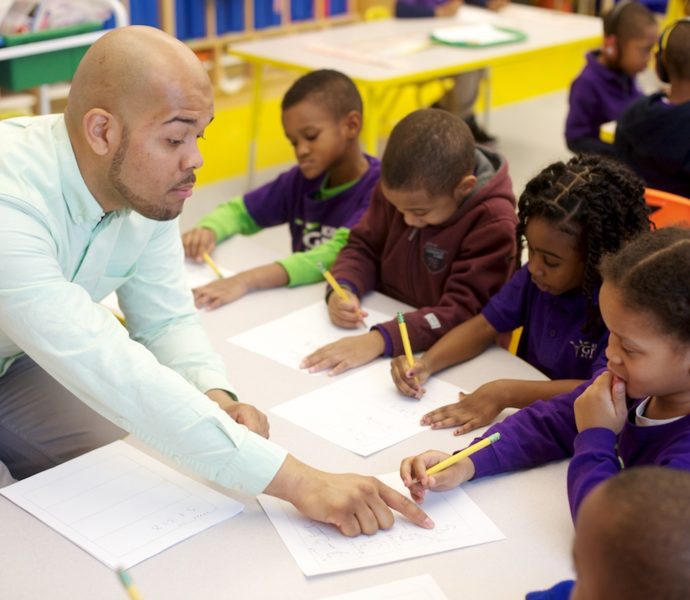How the Child Tax Credit Can Double As a Lifeline For US Education
By Adzua Agyapon
It’s difficult for kids to go to school ready to learn when they’re hungry, battling toxic stress or experiencing any number of the devastating effects of poverty. As a former teacher, I ask that Congress make the Child Tax Credit (CTC) benefit permanent. This will not only lift millions of children out of poverty but will also improve educational outcomes in schools across the country.
When I was a teacher, I witnessed the devastating effects of poverty first-hand. Bright-eyed, excited kindergarteners entered my classroom at the beginning of each year with diverse gifts and limitless potential. They were excited to learn and eager to make new friends. But inevitably, for some students, the optimism waned. They’d get to school late, miss days or weeks of class due to their parents’ variable work schedules and housing instability and have trouble mastering content or catching up on homework. Despite the teachers’ tireless efforts to make students feel included, many struggled and felt isolated as they spent time relearning lessons they had missed.
Food insecurity was another big problem. Recent data from Feeding America states that 13 million children — one in every six kids — do not know where they will get their next meal. I saw that too in my classroom. Some students would arrive at school too hungry or exhausted to stay engaged. In the classroom, my fellow teachers and I regularly stuffed extra snacks in kids’ sticky backpacks before they left school on Friday. We feared that some kids, especially those facing economic hardships, wouldn’t have access to food over the weekend. Today, Congress has the power to change the lives of students nationwide.
In March, the American Rescue Plan established a one-year expansion of the CTC. This increased the CTC from $2,000 per child to $3,000 per child, with $600 in additional credit for children under 6. This works out to $300/month per child under the age of 6 and $250/month per child between 6 to 17. The new provision makes the credit fully refundable, and for the first time, permits families with very low to no income to receive the full benefit.
Read the full article here.
